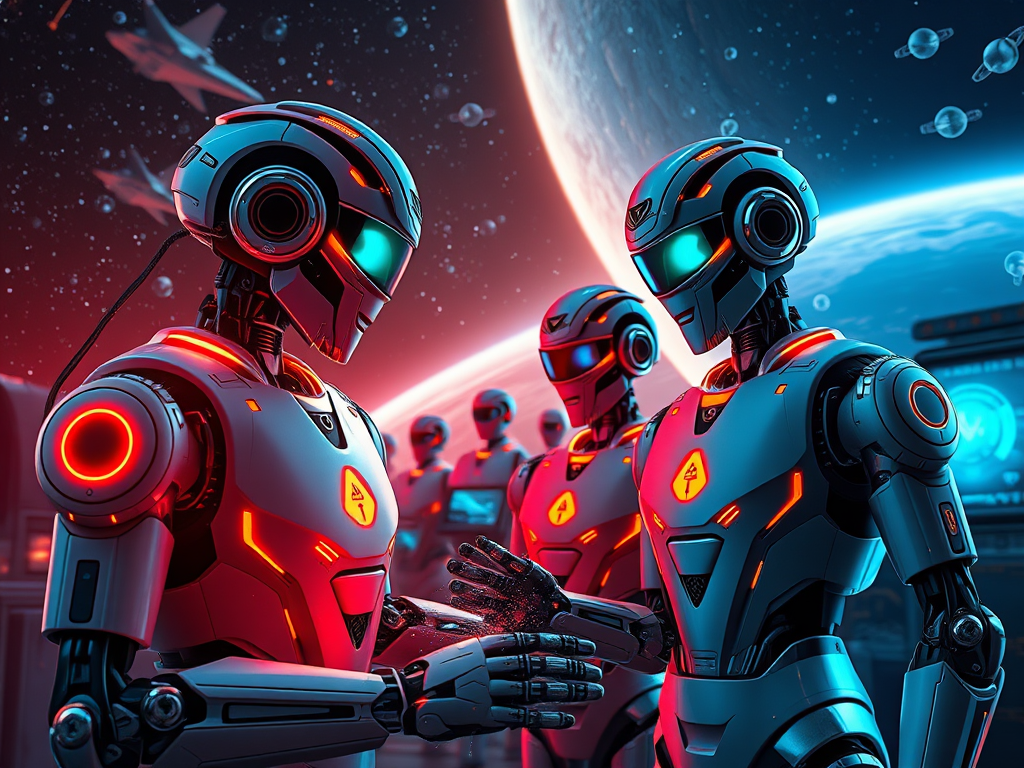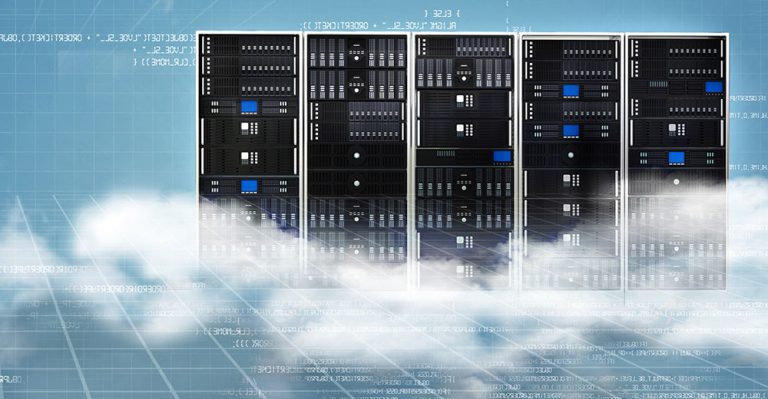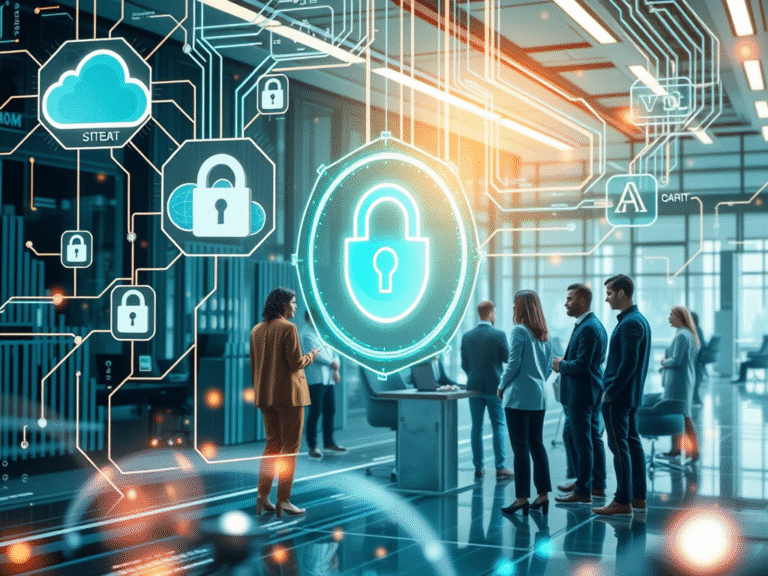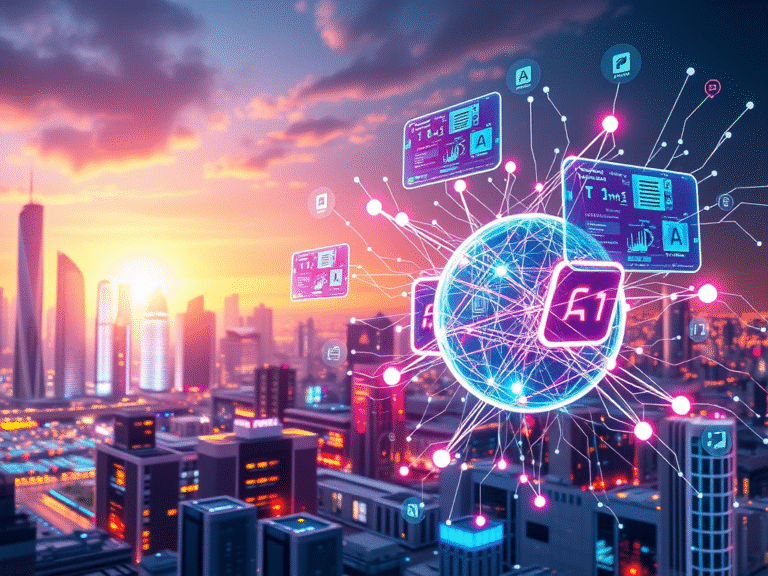In the headlines today: SpaceX, NVIDIA, the Lightning Network, and even “Codify the Doge.” At first glance, these might seem like scattered tech trends but beneath the buzz lies a deeper, more controversial shift: the rise of AI-powered robots operating autonomously across the crypto economy and the final frontier of space.
We’re entering a new era where AI, robotics, blockchain, and private aerospace are converging in ways that could redefine warfare, finance, and even law. And disturbingly, almost no one is talking about the risks.

AI Agents with Wallets: The Next Phase of Robotics
Today’s robots aren’t just machines with arms and sensors. They’re evolving into autonomous agents, powered by AI models capable of decision-making and now, financially enabled through crypto.
These bots can:
-
Interact with blockchains
-
Execute smart contracts
-
Make payments via the Lightning Network
-
Work independently of human instruction
It’s not a stretch to imagine two AI robots negotiating a service exchange and paying each other in Bitcoin or even Dogecoin, without any human input. This isn’t sci-fi it’s being tested in open-source environments right now.
🚀 SpaceX & the Automation of Space Warfare
SpaceX’s dominance in the private space race isn’t just about rockets it’s about infrastructure. Elon Musk’s larger ecosystem, including Neuralink, Tesla, and xAI, hints at a long-term vision where AI, brain-machine interfaces, and autonomous space systems are all tightly interlinked.
If AI agents can navigate crypto markets today, what happens when they’re also piloting satellites, drones, or even orbital defense platforms tomorrow? We’re edging closer to a future where military and commercial space assets could be controlled not by soldiers or engineers but by self-governing code.
⚡ NVIDIA, Lightning, and the Robot-to-Robot Economy
While NVIDIA rides high on the AI boom, its chips are doing more than training chatbots—they’re powering robotic intelligence, from Boston Dynamics-style humanoids to quadcopter swarms.
At the same time, the Lightning Network is enabling instant, near-zero-cost payments, perfect for machine-to-machine transactions. Combined, this tech creates a foundation for a fully autonomous economy, where robots don’t just work they earn, spend, and trade.
No central bank. No employer. No human oversight.
🐶 Codify the Doge: Meme Coin or Machine Currency?
“Codify the Doge” may sound like a viral joke, but it’s emblematic of a deeper trend: the absurdity of financializing everything is bleeding into robotics. If a robot can pay another bot in Dogecoin for a job well done, what happens when that robot acts maliciously?
Who’s accountable when a Doge-funded drone crashes into civilian infrastructure a coder, a government, or no one?
The law hasn’t caught up. And until it does, the loopholes are wide open.
🛡️ The Militarization Nobody’s Watching
What ties all this together is a profound concern: the militarization of robotics and AI through decentralized systems. Defense agencies are watching, yes but so are rogue actors, private firms, and ideologically motivated developers who see autonomous, crypto-funded systems as tools for disruption.
The nightmare scenario isn’t just killer robots. It’s kill-capable systems no one can trace or shut down, because they’re funded by DAOs, hosted on decentralized servers, and operate through pseudonymous wallets.
⚖️ Final Thought: The Collision We’re Not Ready For
As SpaceX pushes deeper into orbit, NVIDIA feeds the AI boom, and the Lightning Network scales crypto infrastructure, we’re hurtling toward a collision between autonomy and accountability.
We’re building intelligent machines that can act, think, spend and maybe kill. And we’re doing it without a clear framework for ethics, responsibility, or control.
Today’s trending topics aren’t just tech stories. They’re early signs of a seismic shift in how power operates one where robots aren’t tools anymore they’re players.
It’s time we paid attention.




